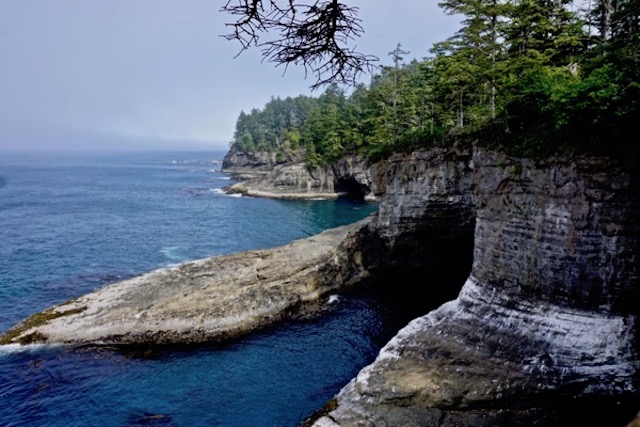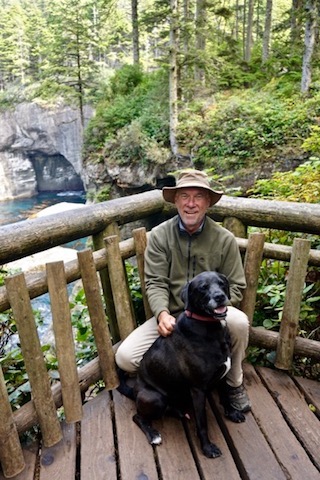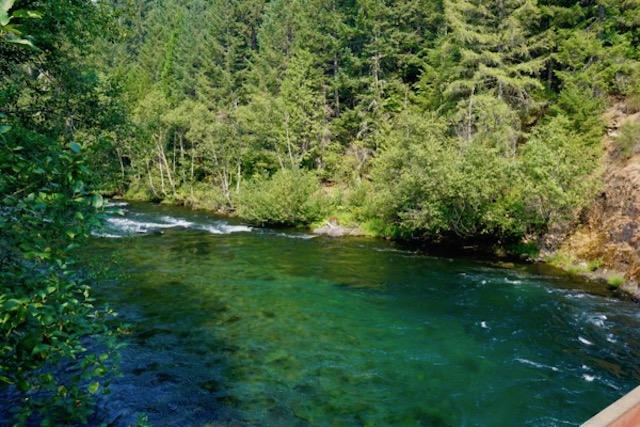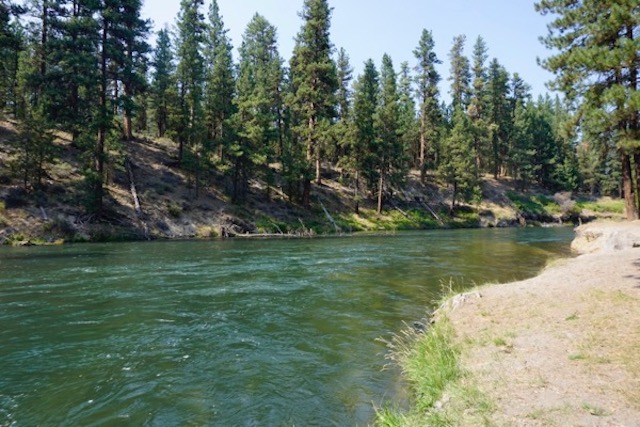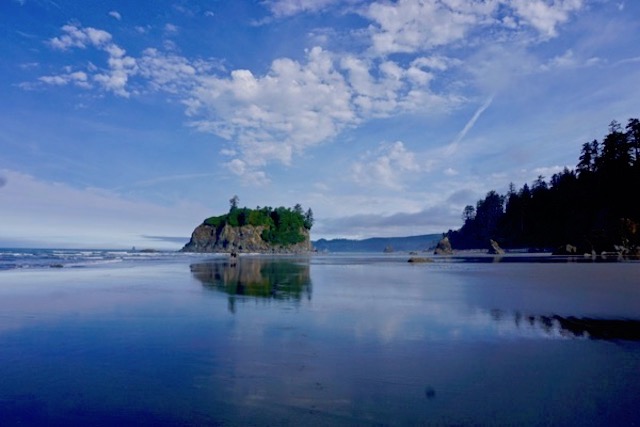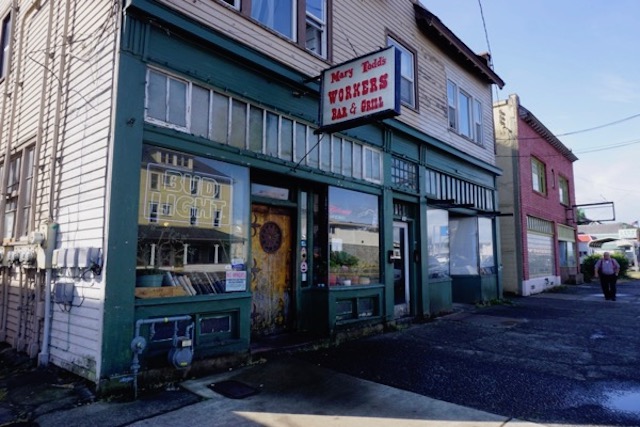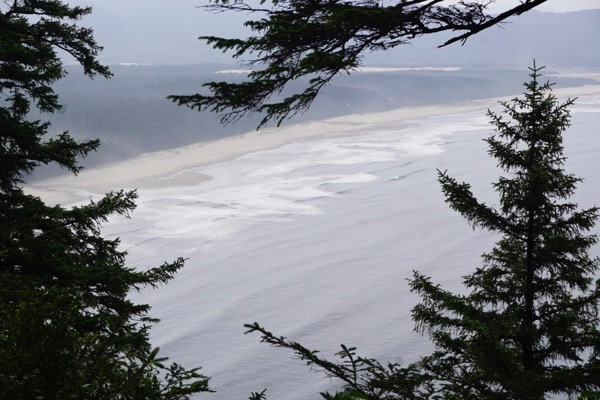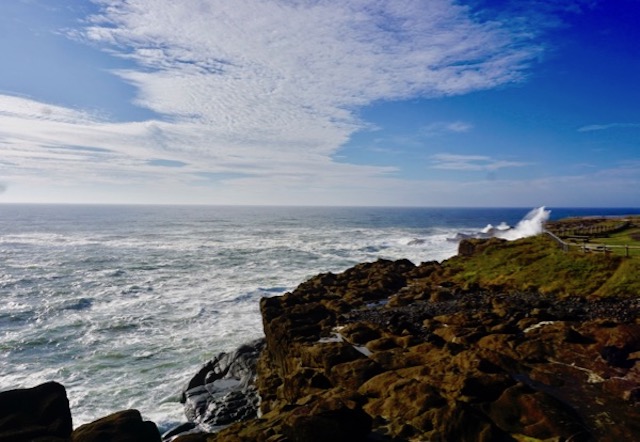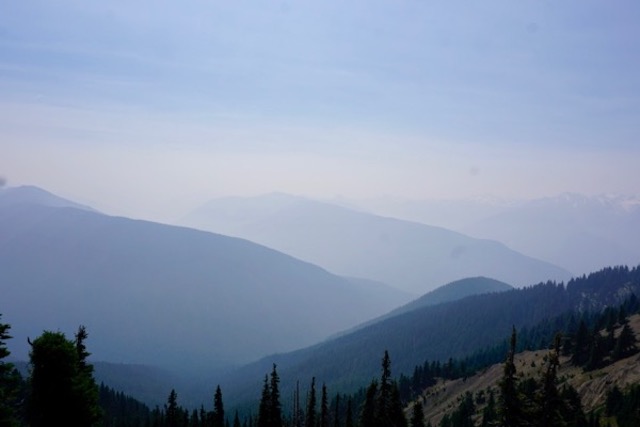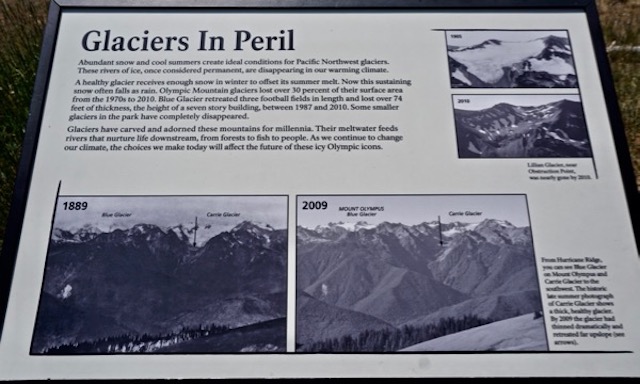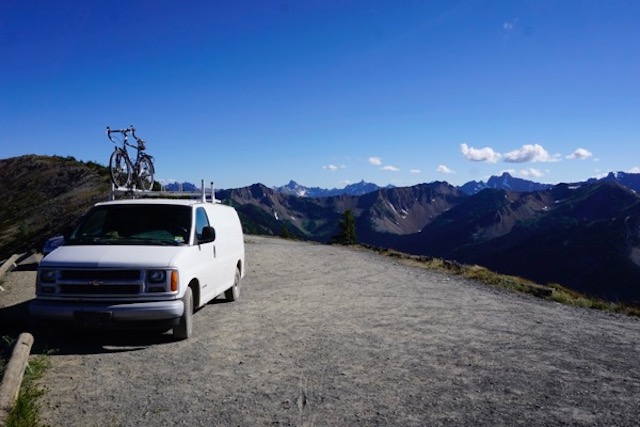Christie’s Highlands Council Seeking to Privatize Regional Plan Amendment Process
Christie proposal would frustrate the next Administration
[Update below]
The NJ Highlands Council just proposed for public review and public comment a process to amend the Highlands Regional Master Plan (RMP) (read the complete proposal here).
The proposed amendment process includes a provision which would allow “anyone” – i.e. private individuals, landowners, lobbyists, the NJ Builders Association, the Farm Bureau, law firms representing developers, et al – to propose amendments to the RMP for review, consideration, and approval by the Highlands Council:
Anyone wishing to suggest additional or different changes to the RMP than those proposed in the draft Recommendation Report will be asked to provide the information outlined below to support such changes to the best of their ability. Changes will not be rejected or discarded due to a lack of information; rather supporting information will be used by Council staff to provide context for any such amendment to the Committee:
This essentially is a form of privatization of the planning process – or outsourcing the drafting on plan amendments.
It would allow private entities with economic interests to propose amendments to gut the RMP and promote development. This would not only privatize the planning process, it would also politicize the planning process and the science upon which regional planning is based.
The basis and justification for proposed amendments would not even have to meet basic legal, scientific, and planning standards:
Changes will not be rejected or discarded due to a lack of information
We already know how the NJ Builders Association and NJ Farm Bureau and radical private property rights zealots would like to see the RMP amended. Recall that DEP settled a lawsuit by the Farm Bureau by pledging to weaken the Septic Density standards.
We already know that Gov. Christie and his loyal appointees on the Highlands Council would like to repeal the Act – something they were unable to get through the Legislature – or gut the RMP to promote economic development and compensate landowners whose development potential and property value were reduced under the Act.
Now, just as the failed Christie administration expires and a new Governor will soon be able to appoint a new Executive Director and Council to protect the Highlands, the Council seeks to institutionalize a private planning process.
The proposal – to allow “anyone” to draft and submit proposed RMP amendments – would bypass and undermine the professional staff of the Highlands Council.
Under the Highlands Act, only the Highlands Council and local governments are authorized to propose and approve amendments to the RMP.
Proposed amendments must originate and be drafted by professional staff and be based solely on the goals, objectives, policies, and standards set forth in the Highlands Act.
The proposed RMP amendment process would allow private self interested entities to interpret the Act in their own interest and draft proposed amendments and then lobby the Highlands Council for approval of their own proposals.
How about RMP policies regarding the availability and allocation of water written by the private water companies? Oil & gas pipeline and utility ROW policies drafted by the energy companies? Land use, redevelopment and housing policies written by the NJ Builders Assc.? And NJ Audubon will certainly submit amendments to include their “young forest” & “forest stewardship” plans in the RMP.
My understanding was that any amendment to the RMP would have to originate with staff. The Act does not create a process or standards for “anyone” to submit proposed amendments.
The Council’s proposal amounts to the regulatory equivalent of a petition for rule making.
The DEP has regulations regarding the process for petitions for rule making, which are authorized by the NJ Administrative Procedures Act. The legislature did not insert such a procedure in the Highlands Act (to my knowledge). Nor is such a plan amendment process included in the Pinelands Protection Act, which was the model for the Highlands Act. (I know, I was involved in drafting the Highlands Act. Similarly, I have filed petitions for rulemaking).
This would subvert the public interest that public regional planning authorized by the Highlands Act is designed to promote.
It is wrong and illegal and must be stopped.
Period.
[End Note: 2 closing points:
1. Yes, I understand that the Council would maintain control over the final decision on any proposed amendment. (That’s why I described it as “essentially a form of privatization”.)
However, this still would bypass staff, undermine planning and science, and politically put the Council on the defensive in having to analyze and respond to what could be a barrage of proposed hostile amendments. At best, that is a formula for gridlock.
2. I got the heads up on this proposal from an email by the Highlands Coalition. Sadly, they provided no substantive analysis and took no position on the proposal, other than to recommend that public comments ask for a 60 day comment period.
I guess they are too busy organizing golf outings, car rallies, and pub crawls.
All that incompetence and weak spine is just fine with Chris Daggett at Dodge Foundation, who told the Coalition to “cool it” – or did he say “tone it down”? – in criticizing Gov. Christie during his first year in office. ~~~ end
[Update 8/31/17 : I reached out to Eliot Ruga, “Policy Director” at the NJ Highlands Coalition for his assessment.
Eliot views the proposal as allowing “public input”, equates the Farm Bureau, private water companies, and NJ Builders Assc.’s expertise, resources, and influence with his fellow conservationists, and finds the proposal consistent with the Highlands Act. His reply:
No I’m not saying that Council staff recommendations have the same weight as a private entity’s. And by private entity, it could be Princeton Hydro or Juliette Hirsch representing a developer client, or a non-profit such as NJCF or the Farm Bureau. There has to be a mechanism for the public to have input, which is consistent with the Act. See C.13:20-11.
Eliot: 1) fails to distinguish “public input” on draft RMP written by Council staff and actually writing proposed RMP amendments for the Council’s consideration; 2) fails to understand the difference between a planning document drafted by professional staff employed by a government agency versus one written by a developer’s lawyer of lobbyist; 3) fails to understand how dangerous it would be – both technically and politically – to open the door to direct submission of RMP amendments for the COuncil’s consideration that bypass professional staff; and 4) he doesn’t seem to understand how this would effectively outsource RMP planning.
This is after I provided him with 2 very clear illustrations of the huge differences:
Example: public comment on a proposed DEP regulation versus a petition for rulemaking by a regulated entity.
Example: public comment on a DEP draft permit condition versus a lawyer for a permitee writing the permit condition.
Ruga reveals dangerous incompetence and lack of actual policy, planning and regulatory experience. I guess his background in TV sports production didn’t prepare him adequately. (like his fellow Dodge Foundation funded weenie, Patty Cronheim of Rethink Energy NJ, entertainment background is great preparation for pub crawl promotion, but very poor preparation and experience for public policy analysis and advocacy.
Dodge has very low standards for funding “policy analysis” and “advocacy”.
Full disclosure: Dodge denied funding a proposal I submitted, so I surely have “AN AXE TO GRIND”! ~~~ end update]

